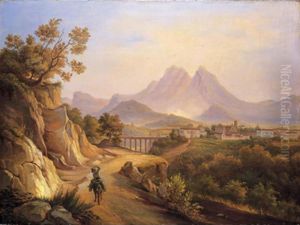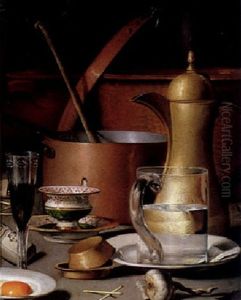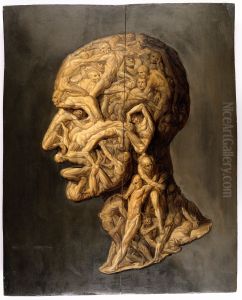Filippo Balbi Paintings
Filippo Balbi was an Italian sculptor and architect, born in 1806 in Genoa, Italy. He embarked on his artistic journey within the vibrant cultural scene of 19th-century Italy, a period marked by a resurgence in the arts and the beginning of the Italian unification. Balbi's early education and exposure to the rich artistic heritage of Italy played a crucial role in shaping his aesthetic sensibilities and artistic direction. His work is characterized by a blend of classical tradition and romantic expression, reflecting the broader artistic movements of his time.
Balbi's career saw him engaging with a variety of projects, ranging from sculptural works to architectural designs, showcasing his versatility as an artist. He was particularly noted for his ability to infuse classical themes with a sense of dynamism and emotional depth, a testament to his mastery over form and space. Throughout his career, Balbi contributed significantly to the architectural and sculptural landscape of Italy, receiving commissions for public monuments, religious sculptures, and architectural designs. His works not only reflect his technical skill and creative vision but also provide insight into the cultural and historical milieu of 19th-century Italy.
Despite his contributions to Italian art, Filippo Balbi remains a somewhat elusive figure in art history, overshadowed by his contemporaries. Nevertheless, his work continues to be studied by art historians and scholars, who recognize his role in the development of 19th-century Italian sculpture and architecture. Balbi's legacy is preserved in the collections of Italian museums and in the architectural fabric of the country, serving as a reminder of his artistic achievements and his contribution to the Italian cultural heritage. He passed away in 1890, leaving behind a body of work that continues to be appreciated for its beauty and historical value.




